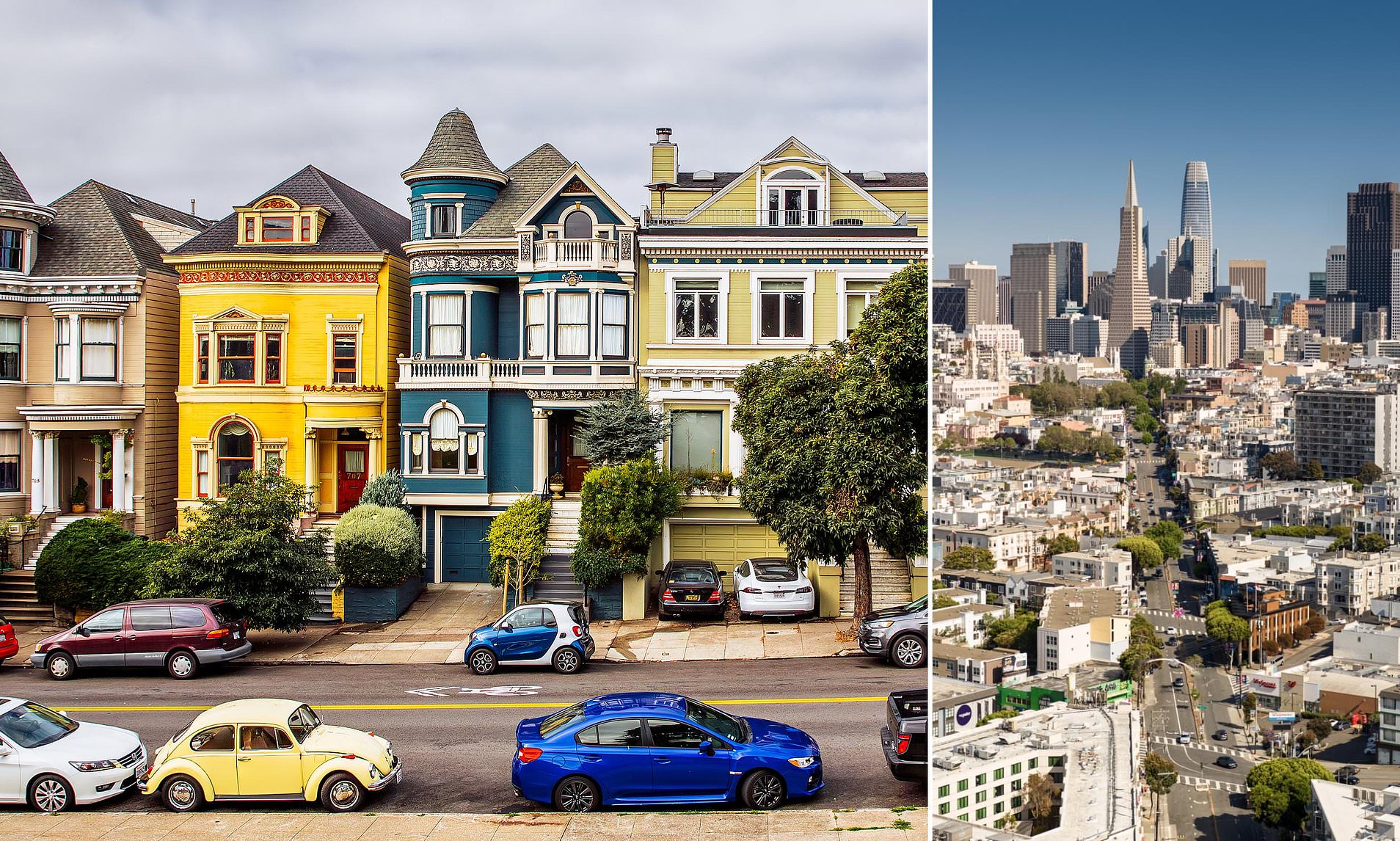The Aging Population and Economic Challenges in the San Francisco Bay Area
The San Francisco Bay Area is experiencing a significant demographic shift that has raised concerns about its economic future. As the population ages rapidly, the region faces challenges that could impact its long-term stability. This trend mirrors patterns seen in other cities known for their retiree-friendly environments, such as Tampa and Miami in Florida. However, what makes the situation in the Bay Area particularly alarming is the speed at which the median age is increasing compared to other parts of the United States.
With fewer young people contributing to the economy through employment, renting, or spending, various industries are feeling the strain. Older residents often rely on social security benefits, which increases the financial burden on the federal government. While San Francisco is currently the most affected by these factors, experts warn that similar risks exist across the country.
Urbanism expert Richard Florida, a professor at the University of Toronto, highlights the significance of this issue. He emphasizes that the aging population is one of the most critical changes in American society that remains underappreciated. In high-cost areas like the Bay Area, this challenge becomes even more pronounced.
The cost of living in San Francisco is significantly higher than the national average, with housing and everyday expenses being approximately 67% more expensive. This economic pressure exacerbates the difficulties faced by younger residents, who may find it increasingly difficult to afford living in the area.
Changes in Neighborhoods and Demographics
Berkeley, once a vibrant hub for students and young professionals due to its proximity to UC Berkeley, is now being reclassified as a retirement community. Many of the homes in the area are single-family residences, catering more to older individuals. Despite this transformation, UC Berkeley has reported an increase in enrollment over recent years.
In Sonoma County, the number of children has declined by 35% over the past decade, reflecting a broader trend of shrinking youth populations. This decline affects not only families but also local businesses, including bars that have seen a drop in business. Older customers tend to spend less, while younger patrons are drinking less, further impacting the local economy.
The pandemic has accelerated these trends, making the demographic shift more evident. From 2020 to 2024, the Bay Area saw the largest increase in median age among major U.S. regions. In 2020, the median age was 39, rising to 41 by 2024. By 2055, more than half of the population in the nine counties of the Bay Area will be over 50 years old.
Impact on Education and Housing
San Francisco has the smallest percentage of children among the top 20 U.S. metropolitan areas. Last year, less than 19% of the city’s population was under 18, and in San Francisco County, the figure was even lower at 13.5%. This decline in the youth population raises concerns about the future of academic institutions, which may see a decrease in student numbers and potentially face closures.
Experts note that many people who start families in the city do not stay. High housing costs and limited space in rent-controlled apartments are key factors driving this trend. Those who remain are often established property owners, typically from older age groups, leading to a “lock-in” effect that drives up housing prices.
Growth of Elder-Centric Industries
As the population ages, industries focused on older demographics have begun to thrive. For example, a clinic in South San Francisco offers services aimed at extending lifespans, charging patients $19,000 annually. However, this growth may not be sustainable in the long term.
Older individuals will require more senior living facilities and home health aides, but the high cost of construction and a shortage of skilled caregivers could pose challenges. These factors may limit the ability of the region to meet the growing demand for elderly care services.
The future of the San Francisco Bay Area remains uncertain as it navigates the complexities of an aging population and economic pressures. Addressing these challenges will require innovative solutions and strategic planning to ensure the region can adapt to changing demographic trends.







